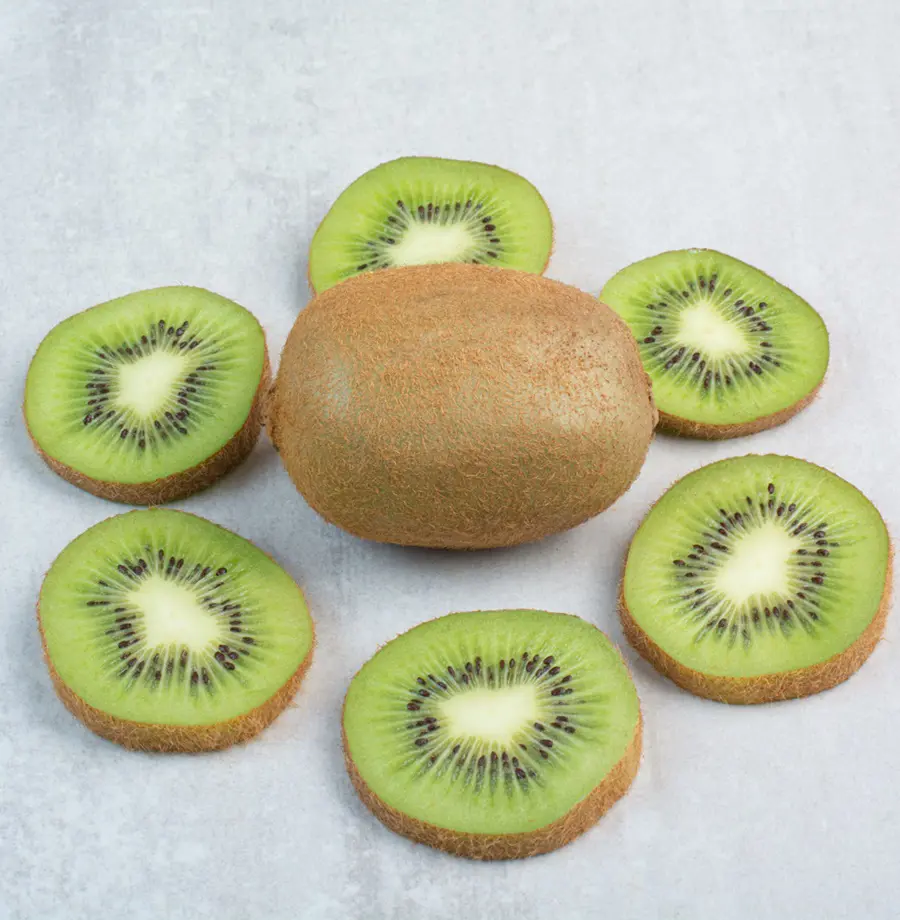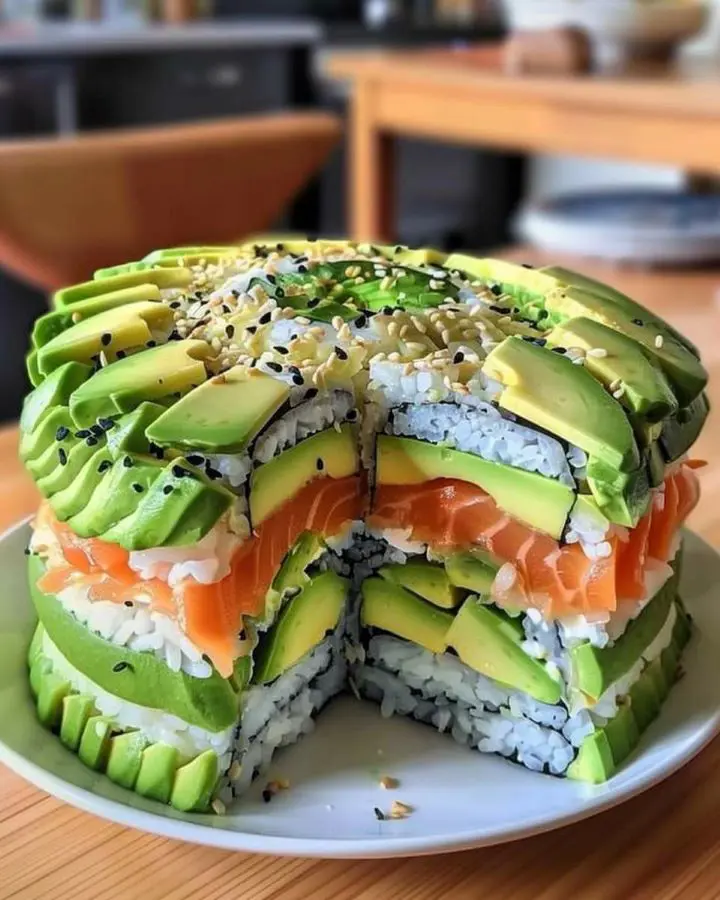How To Cook And Eat Kohlrabi? Nutritional Benefits
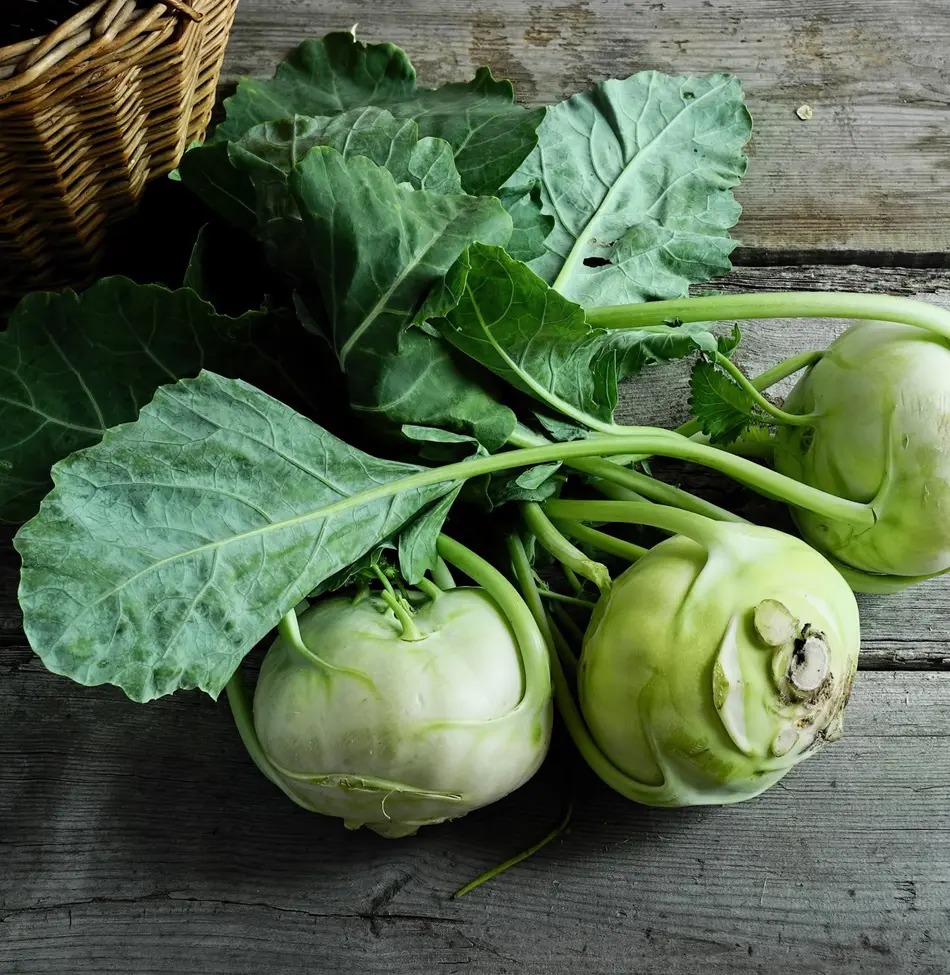
This post may contain affiliate links. If you make a purchase through links on our site, we may earn a commission.
Kohlrabi is an edible plant that belongs to the family of cabbages. Also known as “German turnip”, this bulbous, strange-shaped vegetable may not be as popular as carrots or broccoli, but can replace these vegetables with its crispy texture and a taste that is slightly sweet and mild.
This vegetable comes mainly in green and purple color, both bearing white flesh. In this article, we are going to discuss in detail how to cook and eat kohlrabi and the health advantages it has.
Discover Kohlrabi Flavor And Texture
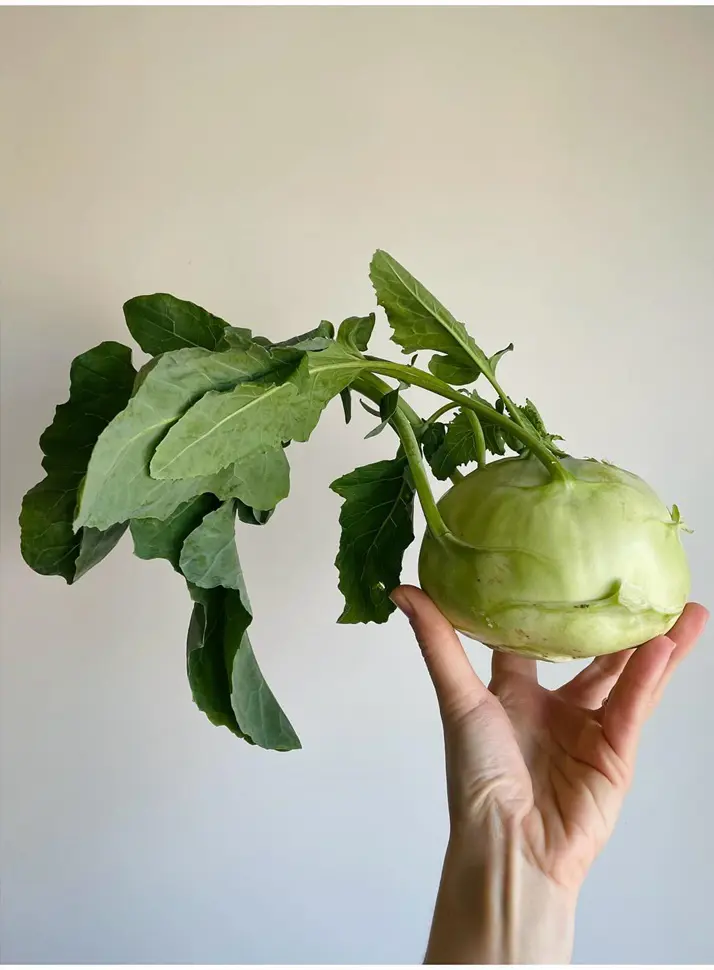
Kohlrabi is an alien-looking vegetable with an odd taste that combines mild sweetness and earthiness. Some believe it's a hybrid vegetable, half a cabbage and half a turnip.
The feel is often dense and crunchy similar to a radish. The stalk and leaves of this vegetable are also edible.
The bulb can be consumed fresh for its tantalizing refreshing crisp or prepared as a sweet dish, while the leaves can be used just the same as with the cooking of kale or spinach. This further adds to the fact that kohlrabi is not difficult to work with in the kitchen.
Peeling Is The Key
The external layer of kohlrabi is tough and a bit fibrous, so peeling is essential. You can begin by cutting off the top and bottom of the bulb, making it easier to work with.
Use a vegetable peeler or paring knife to remove the thick skin until you reach the tender inner flesh, which is usually pale green or purple. Once peeled, you can prepare kohlrabi in various ways.
Raw Kohlrabi Snacks And Salads
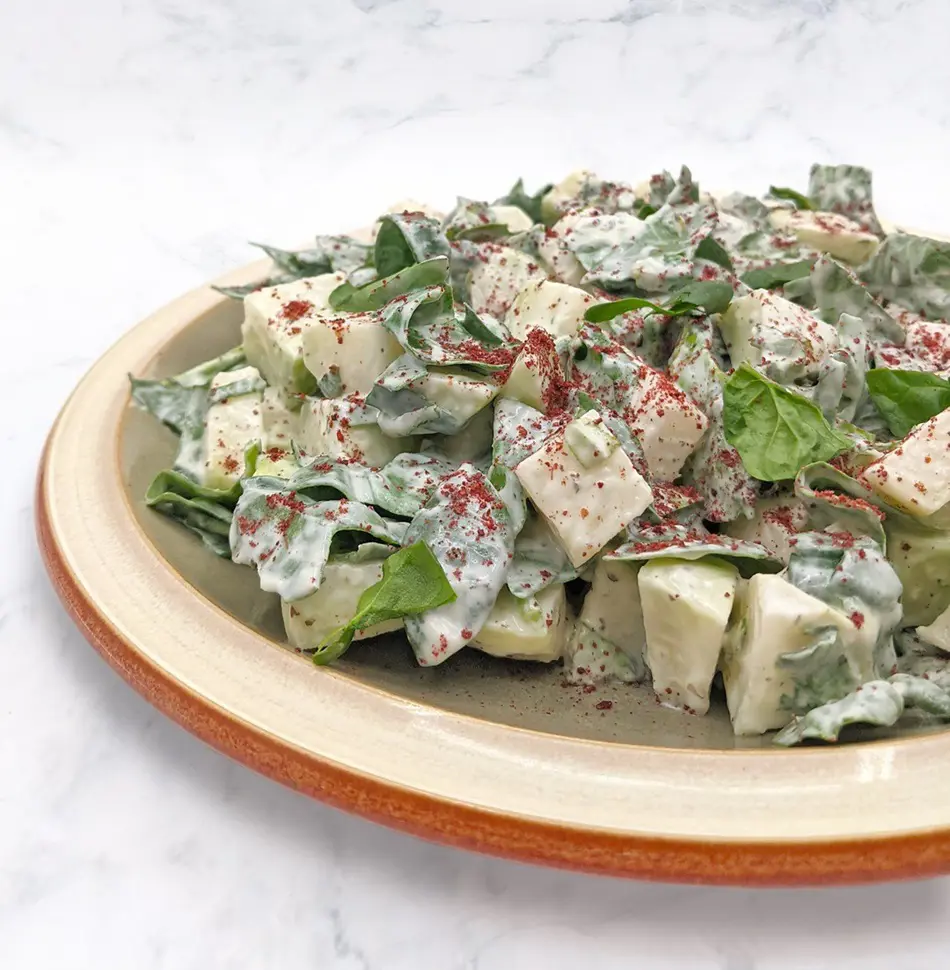
Kohlrabi is one veggie that should be nibbled upon for the pure pleasure of gnawing on fresh and crunchy edibles. This fibrous veggie also provides additional texture variation when included in salads or even slaws.
In preparing a kohlrabi salad the kohlrabi is grated and mixed with other vegetables like carrots, apples, and radishes. The taste of the salad can also be improved by utilizing dressing ingredients like vinegar, honey, and mustard.
On such a note, this isn’t the case with many Indian meals that require kohlrabi to be cooked which may be shocking. For example, kohlrabi is commonly served cut into sticks with dips such as guacamole and hummus. And this is not just yummier than purchased veggie sticks, it is also healthier because it has low calories and is full of nutritional value.
Roasted Kohlrabi
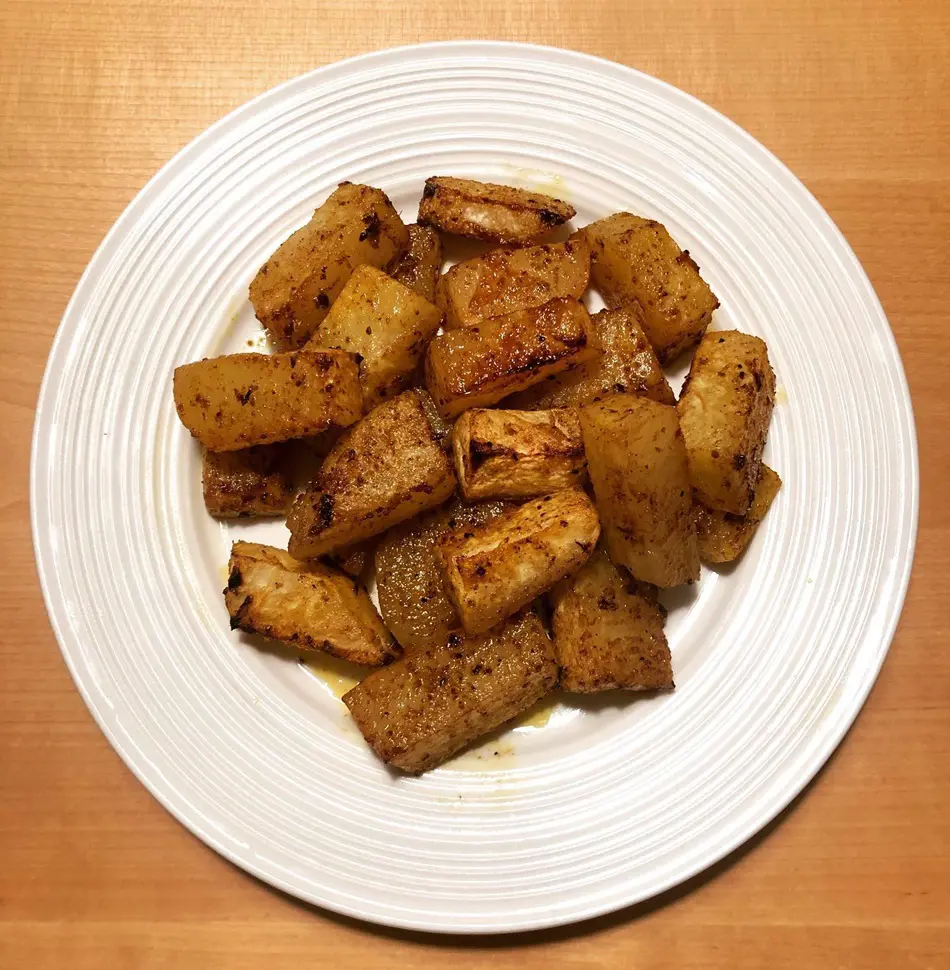
One of the most effective methods of pulling out the sweetness that lies within the kohlrabi vegetable is by roasting it. So you can begin by preparing the vegetable that has been peeled ,cut the bulb into either small cubes or wedges, and after that, place the pieces in a bowl and toss with some olive oil, salt, pepper and any other herbs or spices as desired.
Rosemary and thyme work perfectly well with kohlrabi and even a pinch of garlic powder. After this you will need to arrange the cut pieces on a baking sheet, the cuts should not be arranged closely.
Then the baking is recommended for approximately 30-35 minutes at 400 degrees. When they turn golden and caramelized around the edges, they are good to go.
Mashed Kohlrabi
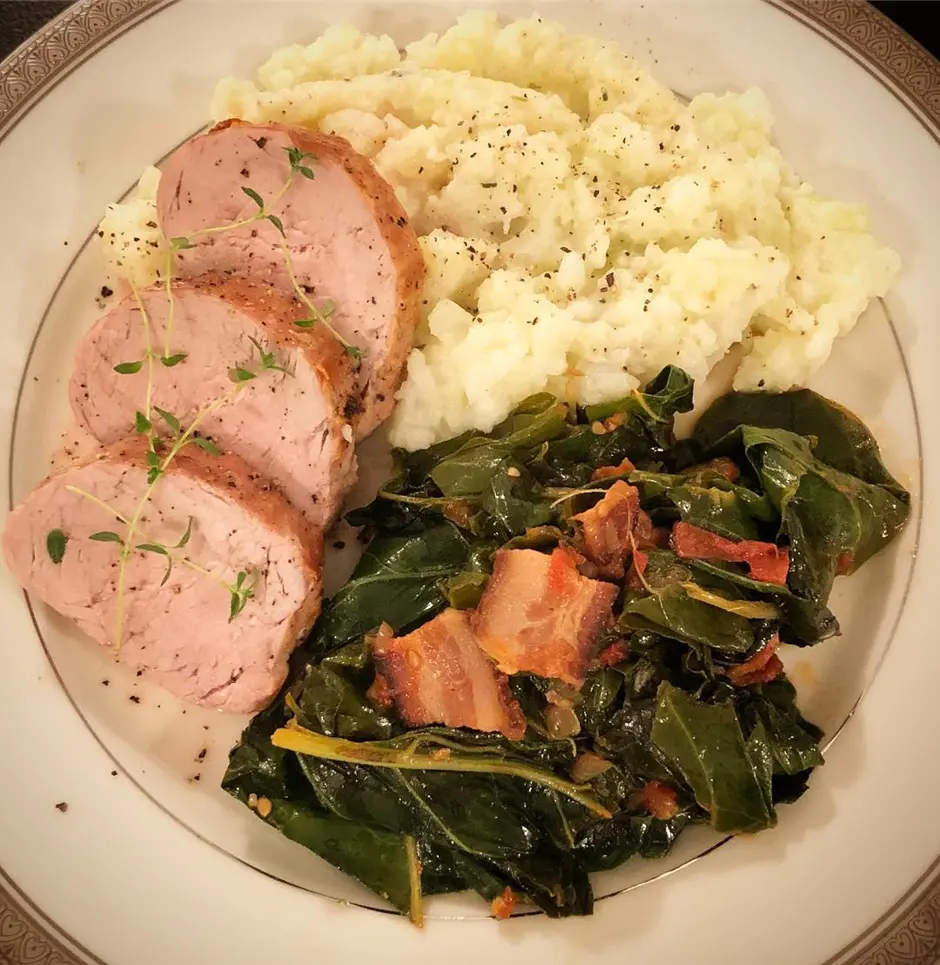
Kohlrabi is a very good low-sugar substitute for classic mashed potato dishes. Thus, one can start the process by peeling and dicing the kohlrabi and then putting it in salted water to boil until very soft for around 15-20 minutes.
In a bowl, put the boiled chunks and use a potato masher to provide tension. Butter, salt, pepper, and some quick garlic go in here.
For high creaminess, you can go for small amounts of milk or cream. The end result is creamy, rich mash with flavors that will beautifully complement roasted meat and vegetables as well as any gravy.
Kohlrabi Fries

In case you're the kind of person who seeks to change the monotony of snacking, then kohlrabi fries are certainly for you. The first step is to cut the kohlrabi into sticks like fries while making sure that all are of the same size for even cooking.
Toss the pieces in some olive oil, salt, and your favorite spices. Afterward, arrange them on a baking mat and place in the oven at 425 degrees Fahrenheit for about twenty to twenty-five minutes, turning over to the other side halfway through for even crispiness.
Eventually, you can enjoy it with a variety of dip sauces such as ketchup or even mayo. Apart from these positive attributes, they are a healthy snack in that they come with high contents of fiber making them guilt-free.
Kohlrabi Soup
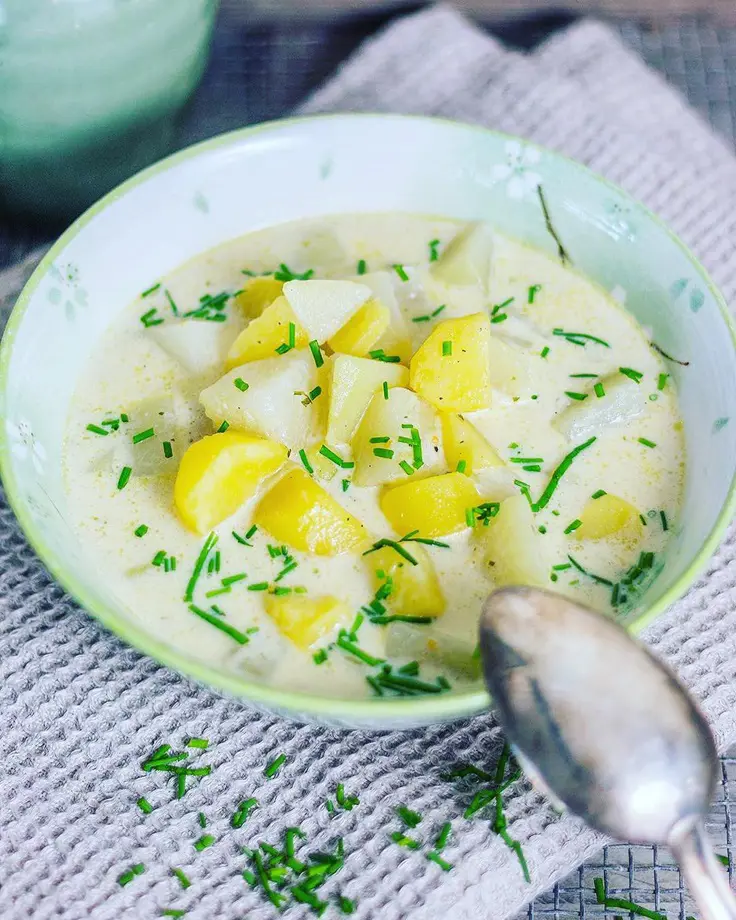
Such a simple and unassuming vegetable, kohlrabi comes as a great complement to many meals, in particular soups and stews, where it adds sweetness and body to the soup. For a creamy soup made with kohlrabi, begin with sautéing onions and garlic in olive oil.
Next, introduce diced kohlrabi and stir-cook for a few minutes before adding vegetable broth, chicken stock, or bouillon cube prepared water. After the kohlrabi softens perfectly, blend it with an immersion blender till smooth.
You can include a bit of cream in the soup and sprinkle some chives or parsley on top. This creamy soup would be great on a cold evening and goes quite well with a piece of bread.
Baked Kohlrabi
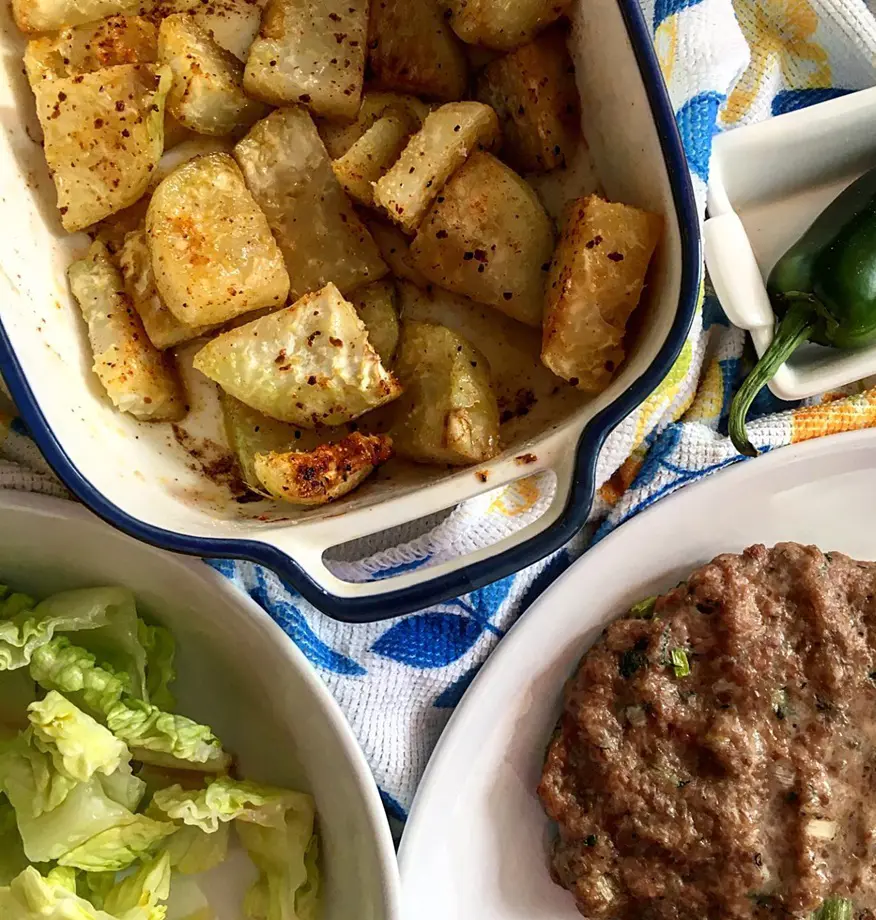
The mild flavor and texture of kohlrabi make it an excellent addition to casserole dishes and frittatas. For the layered kohlrabi potato casserole bake, you can place potato coins in a deep dish, layer with thin rings of kohlrabi, pour cream, add cheese and herbs and bake until golden brown.
This healthy yet cheesy dish does great in family outings or even encompassing potlucks. A frittata can also be prepared by adding cubed kohlrabi to eggs, spinach, and onions.
While incorporated into the dish, kohlrabi helps create texture and flavor which makes the dish enjoyable to serve for breakfast, brunch, or dinner.
Kohlrabi Noodles

As a nutritious alternative, kohlrabi will serve as an excellent option for those who wish to avoid carbohydrates in their dishes, especially rice or pasta. In order to prepare kohlrabi noodles, one needs to do is to peel the vegetable and soak it in hot water.
Combine with low-carbohydrate sauces such as pesto or marinara for a healthy delight that can pass for pasta. To make kohlrabi ‘rice’ you can grate kohlrabi or process it in a food mill.
After this, the purchased kohlrabi rice may be fried in oil and spices in place of regular cereals in order to achieve a healthier version of the dish. For diet watchers, kohlrabi noodles and rice are perfect for people who want something different but do not want to go off their diet.
Fermented Kohlrabi
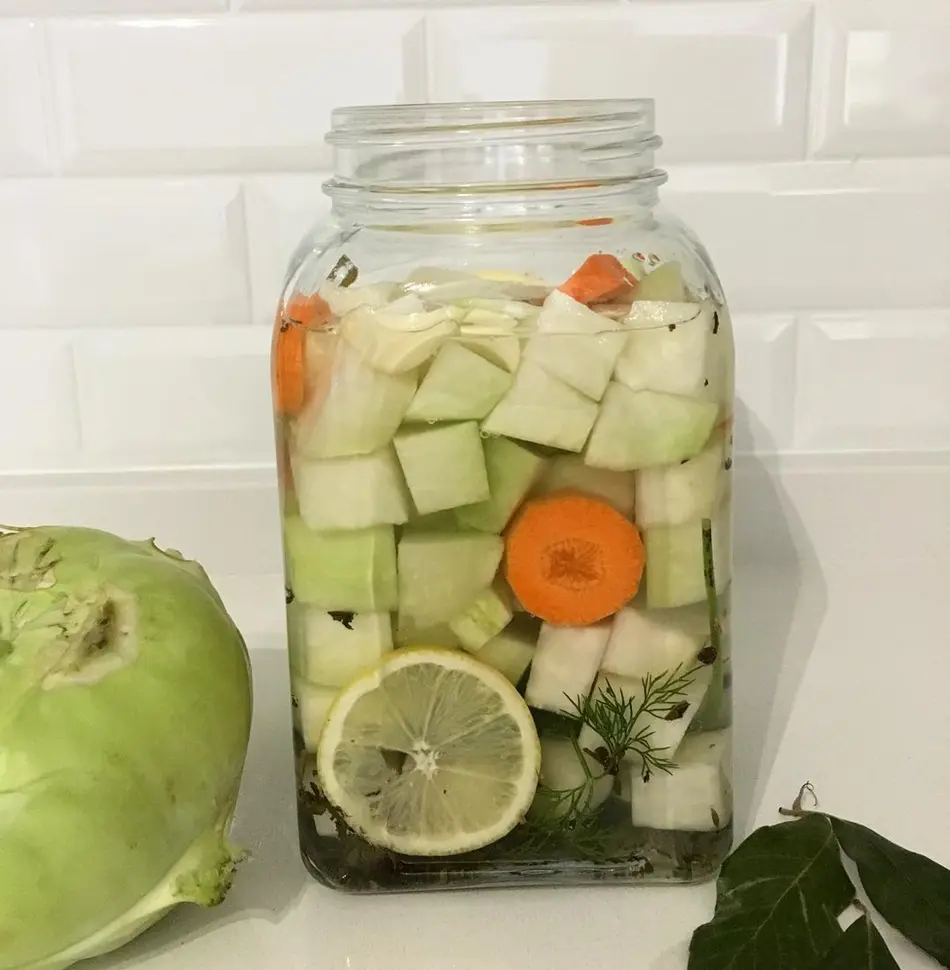
Fermented foods comprise many varieties that are commonly enjoyed nowadays and not only do they have excellent taste, but they also promote digestion. Kohlrabi is another vegetable that can be preserved through fermentation.
For instance, you can slice the kohlrabi, sprinkle it with salt to draw out excess water, and then place the slices in a clean jar with additional salt. After the summer season, household members should seek the kohlrabi jar and cover it, allowing it to adapt at room temperature for several days before refrigerating it.
Sour kohlrabi goes well in making crunchy refreshing salads, spicy sandwiches and wraps as well as grain bowls.
Sautéed Kohlrabi
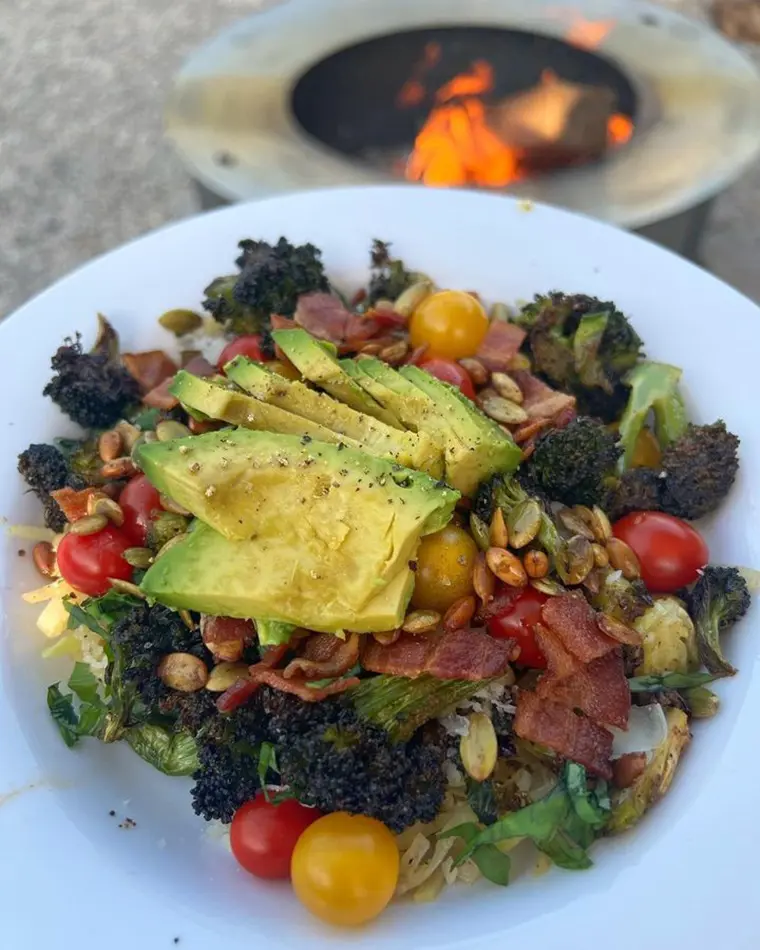
Sautéed kohlrabi is a delicious and multifaceted culinary preparation to consume this healthy vegetable. Sautéing brings out sweet natural flavors in them and destroys their crunchiness but still allows some texture that makes them a great accompaniment to a mash dish.
Cooking is as easy as cutting kohlrabi into sticks or dicing them and placing them in a pan with a little olive oil, garlic, and spices until soft and slightly brown. To garnish the dish and to add some more flavor, bright green herbs like parsley and thyme can be added.
Sautéed kohlrabi is also healthy because it comes with lots of fiber, vitamin C, potassium, and antioxidants while being digested which aids digestion and boosts immunity and heart health. It is healthy and delicious regardless of being consumed with roasted meat fish or even vegetables.
Nutritional Benefits Of Kohlrabi
Kohlrabi is rich in essential nutrients and offers numerous health advantages. This vegetable provides significant amounts of vitamin C, fiber, potassium, and antioxidant properties thereby promoting immunity, cardiovascular health, and aiding the digestive tract.
Incorporating kohlrabi into one’s diet is not only delicious but also enhances the nutritional content of one’s meal. Here are a few reasons why this vegetable is so good for health.
Rich In Vitamin C

Kohlrabi contains a considerable amount of C vitamins which is a very important antioxidant in the body. This vitamin is soluble in water and is beneficial in immunity as it promotes the activity of white blood cells which are the body’s soldiers fighting against diseases and infections.
On the other hand, this vitamin helps in iron absorption from plant sources which is why it’s perfect for vegetarians and vegans. This vitamin also enhances collagen synthesis which helps in presenting loose skin caused by aging and preventing wrinkles.
Good Source Of Fiber
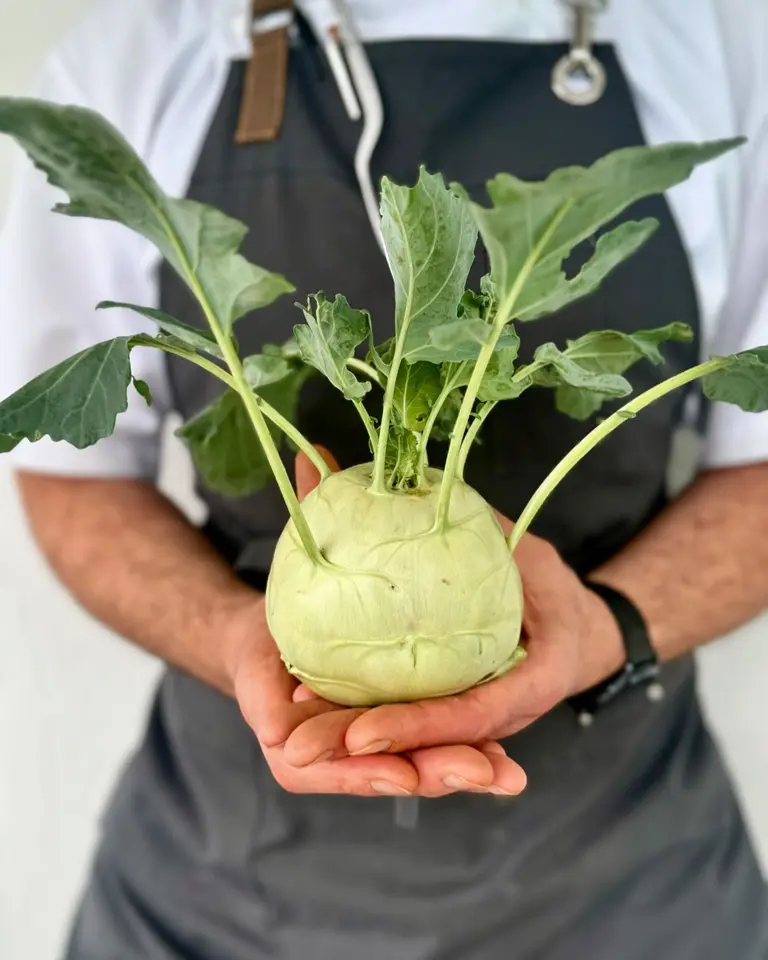
Kohlrabi contains significant amounts of both soluble and insoluble fibers that play a vital role in the efficient operation of the digestive tract. The water-soluble fiber in kohlrabi swells and forms thick gelatinous substances aiding in the retardation of the passage of food through the gut and assisting in lowering blood glucose level and controlling cholesterol.
The soluble fibers also add bulk to the stool which helps in easy expulsion of the fecal matter and hence prevents occurrences of constipation.
High Potassium Content
Another mineral contained in kohlrabi is potassium, which is crucial in the body and functions mainly as an electrolyte. Potassium acts as the opposite to sodium which promotes heart health, with higher consumption levels of potassium relaxing to blood vessels and easing the breathing and pumping action of the heart hence lowering blood pressure.
In addition, potassium plays an important role in the healthy functioning of the muscles. This is very important in almost all muscle movements including the contraction of the heart as well as the communication of muscles and nerves.
One portion of kohlrabi contributes about 10% of the daily potassium requirements, making it an inexpensive vegetable that supports a healthy heart and muscles.
Contains Less Carbs And Calories
Kohlrabi is a great option for those who pay attention to calories and carbohydrates. Being raw, one cup of kohlrabi has close to 36 calories and approximately 8 grams of carbs with low sugars because the majority are fibers.
This low calorie high fiber content makes it fit for those on a weight loss plan. It also promotes the feeling of fullness and prevents you from unhealthy snacking , so that you can manage your weight effectively.
Enhances Vision
Kohlrabi leaves are commonly disregarded. Yet, they are rich in concentrated beta carotene that gets converted into one of the essential vitamins in the body.
More specifically, a vitamin that makes sure one’s eyesight is clear, even at night. This vitamin also prevents the eye from developing age-related disorders such as macular pains which makes the central vision blurry or black and other problems such as eye lens haziness, cataracts, and dry eyes.
Basically, kohlrabi has other antioxidants aside from Vitamin A, which also promote eye health by eliminating oxidative stress that can affect the critical components of the eye.
Boosts Bone Health

There are several crucial minerals in kohlrabi including calcium, magnesium, and phosphorus which assist in the development and sustenance of bones. Since calcium and phosphorus work hand in hand to improve and preserve bone mass, magnesium plays a role in converting vitamin D to the active form which in turn increases the absorption of calcium.
Including dark leafy vegetables such as kohlrabi in the diet on a regular basis helps to ward off risks associated with the reduction of bone mass or even breakages. This of course is very essential in older people because it is during that stage that there is a decline in bone density.
For all these reasons, it is very clear that kohlrabi is one of the best foods to boost your bone health and maintain a healthy skeletal system.
Rich In B Vitamins
Kohlrabi is a source of various B vitamins like B6 and folate, which enhance energy metabolism, brain function, and DNA formation. B vitamins are very important for the transformation of food into energy and also help in the development of red blood cells which fuels oxygen to the body's components.
Vitamin B6 helps in cognitive development and maintaining the health of the brain by ensuring the production of chemical messengers. B9 or folate is a vitamin that is critical for expectant mothers as it promotes the growth of unborn babies and helps avoid neural tube defects.
Eating kohlrabi will ensure that your daily required intake of the B vitamin is met to keep you active and healthy during pregnancy.
Antioxidants Aid
Kohlrabi, as we said, contains antioxidants but the purple variant has more of it. Besides, it is well known that antioxidants help ward off damage to human cells and delay aging and chronic diseases caused by free radicals.
When we talk about kohlrabi, glucosinolates are another component and the one associated with cancer prevention. In the body, they get converted into some forms of active compounds that are able to protect cellular DNA and may inhibit cancer growth.
Antioxidants and anthocyanins have cardio-protection and anti-cancer properties respectively. Kohlrabi is also rich in antioxidants which means its consumption can help in dealing with inflammation and oxidative stress thereby, having positive effects on health and longevity.
Recent posts
Lifestyle
Lifestyle
How To Cut and Eat Grapefruit? Most Delicious Ways
Juicy and wonderfully nutritious but with the hassle of preparation, these are what grapefruits are perceived as! The effort it seems to take to enjoy this fruit makes us even walk past it at the store. But, we got you here, with smart cutting techni...
Lifestyle
How To Eat A Kiwi? Tips on Peeling, Cutting and Recipes
Kiwis, with their green skin and juicy acidic pulp, are not only tasty but also contain many nutrients. However, preparing this fuzzy fruit might raise many questions for individuals concerning the best ways to prepare it. In this guide, we w...
Lifestyle
20 Best Ways To Eat Avocado
Avocados are everywhere these days. Not only fashionable; they are beneficial fruits as well because of their rich nutrient content. Besides that, they hold a creamy texture and elegant taste that you can enjoy in many different ways. Yes, that is co...
Lifestyle
How To Eat Beets In Best Possible Ways
Beets are superfoods but not all people like them. Including beets can make any dish look magnificent but what stops getting them that spotlight is their taste. However, it would be surprising for you to know that there are many cooking methods where...
Lifestyle
What Not To Eat When Pregnant? 18 Foods To Avoid
Pregnancy is a blissful journey, but it also comes with specific dietary restrictions. As your body undergoes significant changes to support the growth of your baby, it's important to make informed choices about what you eat. What not to eat when pre...
Lifestyle
16 Home Remedies To Mosquito Bite Relief
Mosquito bites can turn a pleasant outdoor experience into an itchy nightmare. These pesky insects leave behind red, swollen bumps that can be incredibly irritating. The constant urge to scratch can lead to further inflammation and even infection. An...

